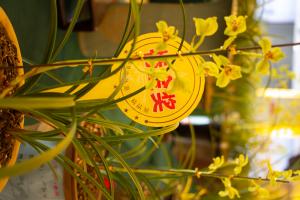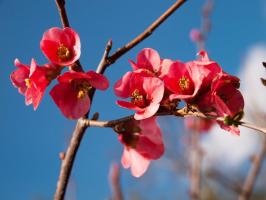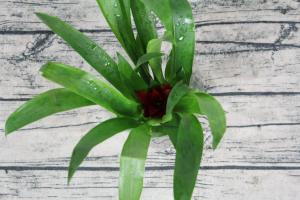Should I Cover Freshly Planted Fruit Trees?
Planting fruit trees can be a fun and rewarding experience, especially if you are planning to grow your own fruit. When planting fruit trees, it is essential to take steps to ensure the young saplings grow healthy and strong, and one of the measures you can take is to cover them.
Why Cover Freshly Planted Fruit Trees?
Covering freshly planted fruit trees can have several benefits. For starters, the coverings protect the young tree from sunburn and frost, which can kill or damage the sapling. The coverings also shield the tree from harsh winds, which can dry out the soil and damage the tender leaves and branches.
In addition, covering freshly planted fruit trees can protect them from pests and rodents. Many animals, such as rabbits, deer, and mice, enjoy nibbling on young saplings, which can stunt their growth or kill them altogether. A covering can prevent these critters from accessing the tree and can keep them from damaging the bark or roots.
What Should I Use to Cover Freshly Planted Fruit Trees?
When it comes to covering freshly planted fruit trees, there are several options to choose from. One of the most popular coverings is a plastic tree guard, which is a tube-shaped protector that fits around the trunk of the tree. The guard provides a physical barrier between the young trunk and animals and harsh weather and can help the tree grow straight and tall.
Another option is to use a covering made from natural materials such as burlap or fleece. These coverings allow air and moisture to circulate around the tree but still provide a protective layer that shields the tree from the elements. However, natural coverings may not be as durable as plastic guards and may need to be replaced more frequently.
When Should I Remove the Covering?
While covering your freshly planted fruit trees is important, you do not want to keep them covered for too long. The covering can limit the tree's ability to photosynthesize and may hinder its growth. For most fruit trees, it is safe to remove the covering after the first year of growth. By then, the tree should be strong enough to withstand most weather conditions and pest attacks. However, if you live in an area with harsh winters, you may want to leave the covering on for a few more years, until the tree is well-established.
Conclusion
Planting fruit trees is a fun and rewarding experience, and covering freshly planted saplings can be an effective way to protect them from the elements and pests. Plastic tree guards and natural coverings such as burlap or fleece are popular options, and it is important to remove the covering after the first year of growth. With proper care and protection, your fruit trees can grow healthy and strong and provide you with delicious fruit for years to come.

 how many times do yo...
how many times do yo... how many planted tre...
how many planted tre... how many pine trees ...
how many pine trees ... how many pecan trees...
how many pecan trees... how many plants comp...
how many plants comp... how many plants can ...
how many plants can ... how many plants and ...
how many plants and ... how many pepper plan...
how many pepper plan...































